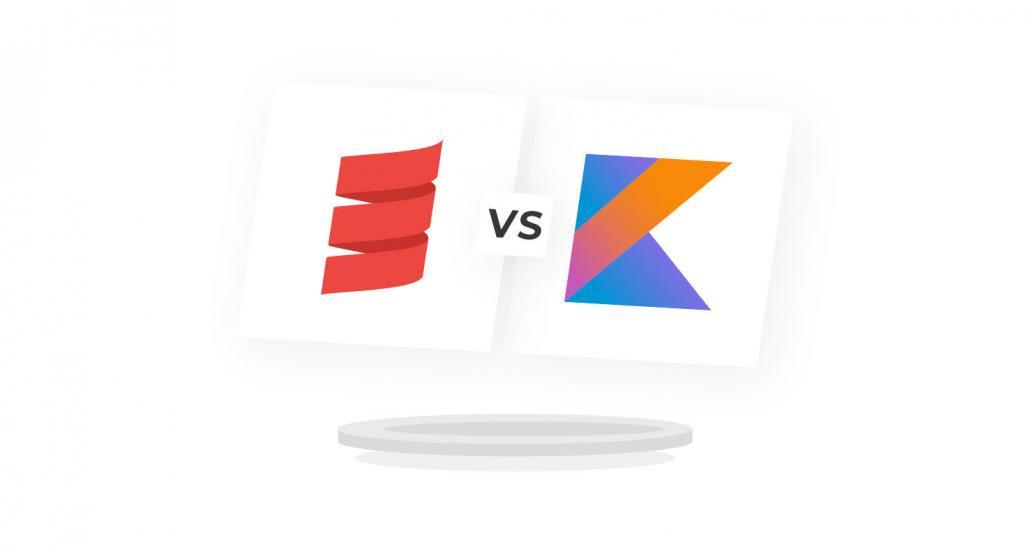
Outsourcing to LATAM for software development: Trends and Challenges

As software development continues to be a crucial part of many businesses, outsourcing has become a popular strategy for companies looking to optimize their costs and access top talent. In recent years, outsourcing to Latin America (LATAM) has become an attractive option for US-based businesses due to its proximity, cultural similarities, and competitive pricing.
This article will discuss the latest trends and challenges in software development outsourcing to LATAM and how Scalac’s outsourcing services can help US clients tackle these challenges.
Trends in software development outsourcing to LATAM
Top talent at competitive rates
One of the most significant advantages of outsourcing to LATAM is access to a large pool of skilled developers at lower costs than in the US. The region has many tech hubs, including São Paulo, Buenos Aires, and Mexico City, with a high concentration of software development talent.
According to a study by Accelerance, the average hourly rate for a Scala developer in the US is $100 to $200 per hour. The average hourly rate for a Scala developer in LATAM is $40 to $75 per hour, about 40% to 50% lower than in the US.
This significant cost difference can make outsourcing to LATAM a highly attractive option for US businesses looking to optimize costs and access top Scala talent.
Additionally, with a growing number of tech hubs in the region and a strong pool of developers, the quality of work is maintained despite the lower rates.
Similar culture and language
Compared to US-based Scala developers, LATAM Scala developers share many cultural similarities and language proficiency. This makes collaboration and communication smoother.
According to a report by Stack Overflow, over 85% of developers in Brazil, one of the largest tech hubs in LATAM, speak English, the primary language of most US-based businesses. This proficiency in English can help facilitate communication and avoid language barriers. Additionally, Brazil, Mexico, and other countries in the region have a work culture similar to the US, focusing on productivity and a results-driven approach.
A report by Global Workplace Analytics found that companies with a results-driven work culture had 55% higher employee engagement and 53% higher retention rates. Therefore, outsourcing to LATAM can provide US businesses with a team that shares their values and work ethic while offering cost savings and access to top talent.
Timezone compatibility
Timezone compatibility is essential in outsourcing as it can significantly impact communication and project management. For example, LATAM has a timezone close to the US so that teams can communicate and collaborate in real time.
One of the potential challenges with outsourcing to a remote team is the difference in time zones. However, LATAM’s time zone is close to the US, with many countries in the region operating within one to three hours of US Central Time.
According to a study by Deloitte, companies that leverage remote teams in close time zones can have a significant competitive advantage in terms of flexibility and responsiveness. This proximity can allow for faster communication and more seamless collaboration between US-based businesses and their LATAM team.
Additionally, a report by Forrester found that companies with remote teams in close time zones experience 20% higher levels of productivity and 25% faster time to market.
Therefore, outsourcing to LATAM can provide US businesses with the benefits of a remote team while minimizing the impact of the time difference.
Challenges in software development outsourcing to LATAM
Language barriers
While language barriers are less of an issue in LATAM, some regions still have a significant percentage of the population that speaks only Spanish or Portuguese. Therefore, finding a partner who can provide bilingual support is essential.
Legal and regulatory differences
Every country’s legal and regulatory framework can impact outsourcing relationships. For example, US companies must comply with local laws and regulations, such as tax and labor laws, when outsourcing to LATAM.
Cultural differences
While cultural similarities are an advantage, cultural differences can also pose challenges. For example, US businesses must ensure that their outsourcing partner understands their cultural nuances and can work effectively within their culture.
Why Scalac’s outsourcing services are a good fit for US clients
Outsourcing LATAM developers with Scalac can provide US businesses with access to top talent, cost savings, and a seamless outsourcing experience.
With over four years of experience working with the LATAM market, Scalac has strong expertise in Scala and other technologies. The company has 15 developers already in the region and knows how to reach the talent pool and find the best candidates.
According to a study by Indeed, outsourcing to a third-party recruiter can reduce hiring costs by up to 70%.
Scalac has dedicated recruiters who can target and attract candidates to the company. Furthermore, Scalac will take care of all the paperwork related to outsourcing, making the process easy and stress-free for US businesses. Scalac can even build the whole IT cross-team for you.
The company always follows current trends and information about the market, ensuring that its team is equipped with the latest tools and technologies. Therefore, outsourcing with Scalac can give US businesses a competitive edge and help them achieve their goals.
Conclusion
Outsourcing to LATAM offers many advantages to US businesses looking to optimize costs and access top talent. However, it is crucial to understand the latest trends and challenges in outsourcing to the region.
For example, Scalac’s outsourcing services are well-suited for US clients looking to outsource their software development needs to LATAM, offering top-notch software development services at competitive rates, bilingual support, and deep expertise in the legal and regulatory framework in the region.











